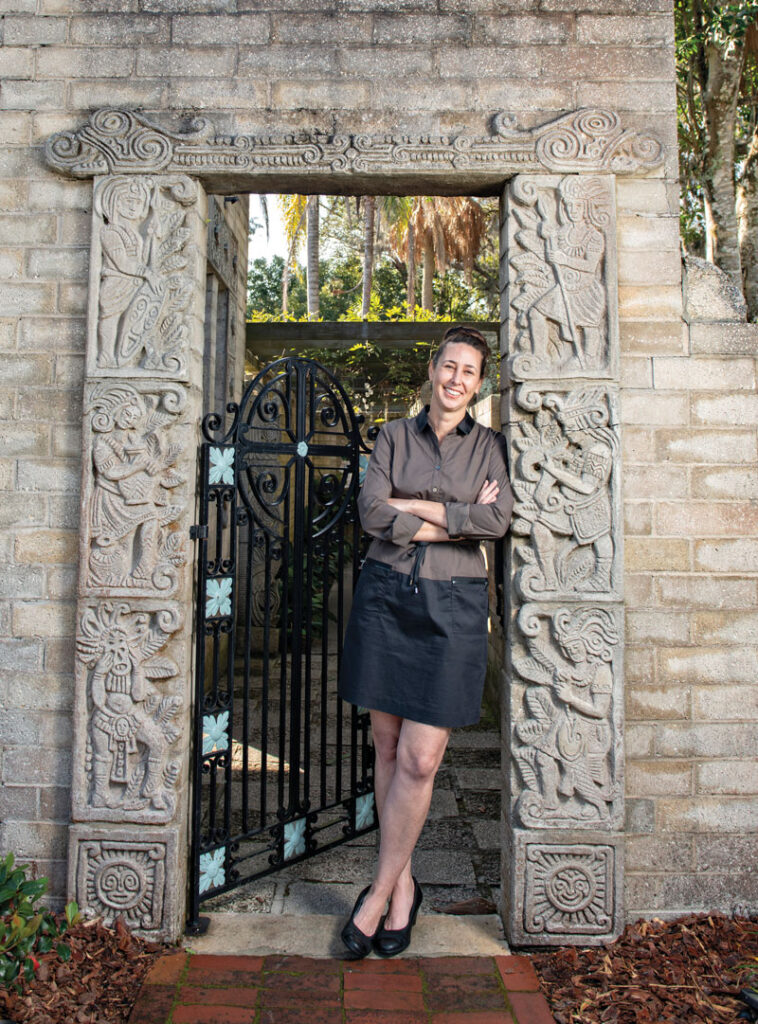
To plot its course for the future, the Maitland Art Center only had to look to its past. Three new interconnected education buildings, announced by the Art & History Museums of Maitland (A&H) in late 2022, will allow the campus to double enrollment in its popular art classes while increasing the number of artists who may use studio space in the historic original buildings.
A&H is the umbrella organization for the art center, as well as the Maitland Historical Museum, the Waterhouse Residence Museum, the Carpentry Shop Museum and the Telephone Museum. These unique cultural venues are owned by the City of Maitland, which provides about one-third of their annual operating budgets. The rest comes through philanthropy and income-generating programs.
The art center’s expansion is only the second since globe-
trotting sculptor and painter Jules André Smith established it as the Research Studio in 1937. Until his death in 1959, Smith lived and worked at the facility, as did many other artists.
He hand-carved most of the center’s signature sculptural reliefs using a special pivot table that could turn upward. A replica of the table, which Smith invented, is used for demonstration purposes at the museum.
Some, in fact, say Smith’s spirit still roams the grounds, checking on unsuspecting artists and making certain that the dozen or so whimsically adorned buildings and colorfully landscaped courtyards are being properly maintained.
A&H Director Danielle Thomas won’t say that the grounds are haunted, but she won’t exactly say that they aren’t, either. “I definitely had an encounter,” she says if politely pressed. “I smelled and saw cigar smoke in one of the studios.” Smith, of course, loved stogies.
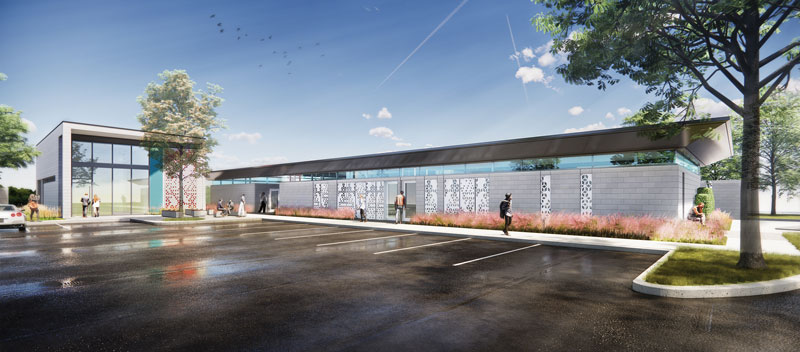
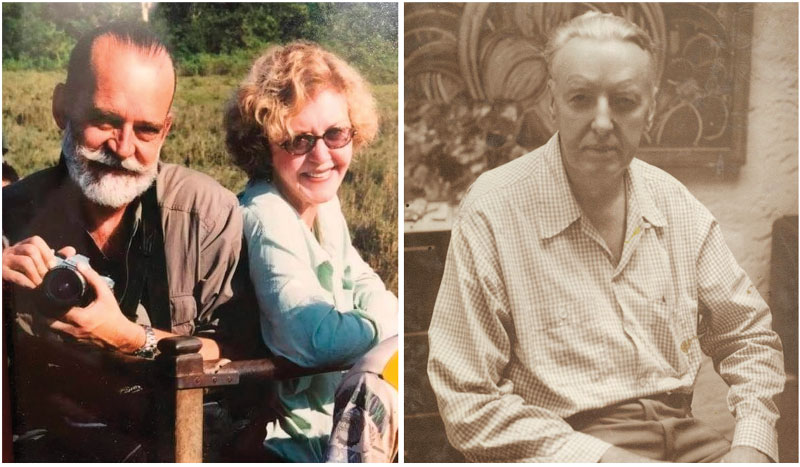
TWO SOULS, ONE BODY
The Que Throm and Cicero Greathouse Education Studios, estimated to cost about $2.5 million, will be substantially funded through the estate of Cicero Greathouse and Qurentia “Que” Throm, who were longtime supporters and accomplished artists.
Greathouse and Throm experienced a late-in-life romance; Throm was age 60 and Greathouse — who had been her student in high school — was age 45 when they wed. They were, Throm sometimes said, “two souls in one body,” and were together for 25 adventurous and creative years.
Throm, who died in 2022, was known primarily for her hand-crafted jewelry. In her 38-year career as an educator, she was dean of humanities at Valencia College and, following her retirement in 1995, held the William Jenkins Endowed Chair in the UCF Art Department
Greathouse, who died in 2019, was a prominent local painter, a former senior art director at Walt Disney World — an Imagineer, in the parlance of the company — and a former participant in the art center’s “Artists in Action” program, through which creators are provided use of on-campus studios for a full year.
As it happened, Greathouse was assigned the studio that originally belonged to Smith. No doubt inspired, he embraced the spirit of artistic experimentation that was the art center’s original underpinning and constantly found new materials to incorporate into his abstract paintings — from cardboard boxes to traditional Chinese Joss paper.
Always enthusiastic travelers, Greathouse and Throm traversed the globe and often led groups of friends to exotic locales such as Nepal, Thailand, India, Morocco and Mexico. In San Miguel de Allende, Mexico, they built three homes and lived as expats for half of each year.
Their Orlando home, Casa Querencia, was designed and engineered by Greathouse and inspired by the art center’s architecture. “Querencia” comes from the Spanish verb “querer,” which means “to desire.” It has also been defined as “homing instinct, a favorite place.” In bullfighting, a bull may stake out his querencia — a certain part of the bullring where he feels strong and safe.
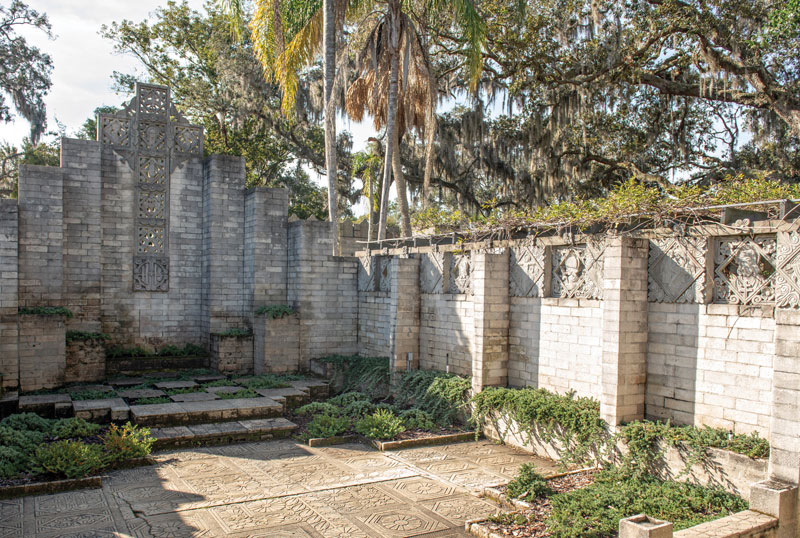
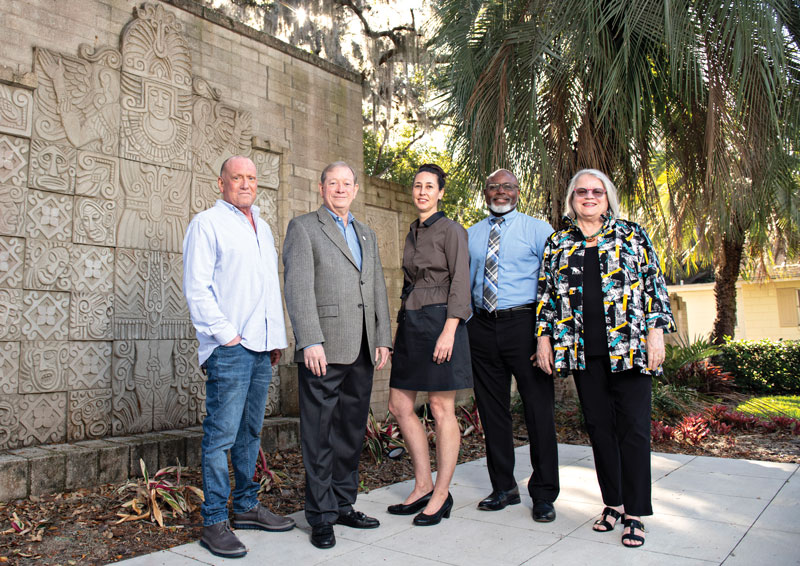
A VISION FULFILLED
The new studios will total 6,000 square feet and accommodate up to 500 students per semester. Encompassed within the building — designed by DLR Group in Orlando — will be a reception area and a permanent gallery displaying works by Greathouse and Throm as well as flex-style classrooms that will host a ceramics studio and painting and drawing classes.
Similar in scale to the existing buildings without being replicas of them, the new studios will be built on 1.26 vacant acres on the north side of the campus, just outside the walls of the original site. A&H hopes to break ground soon and occupy the facilities sometime in 2025, Thomas says. The expansion site was originally a small grove, from which Smith harvested fruit to help support the art center’s operation.
The project will free up space in existing studios for two to three more artists. Says Thomas: “This enhances the purpose and allows us to better serve André Smith’s vision and to do what we’ve been doing better.”
While the art center is billed as one of the few surviving examples of Mayan Revival architecture in the Southeast, its imagery is drawn from many sources. European, Chinese, Christian and, of course, Mayan signs and symbols mix and mingle in an otherworldly way.
The campus, declared a National Historic Landmark by the National Parks Service in 2014, consists of 14 small studios — some now used for classes and offices — a gallery and an outdoor chapel. Smith’s home, where he lived for more than 20 years, is also within the complex.
There are only 2,532 designated National Historic Landmarks — among them such iconic places as the Empire State Building, the Gateway Arch, the White House, Hoover Dam and Walden Pond. The art center was the first National Historic Landmark in the four-county area — Orange, Osceola, Lake and Seminole — and just the 44th in the state.
In greater Central Florida, there are four other National Historic Landmarks: the Windover Archaeological Site and the Cape Canaveral Air Force Station, both in Brevard County; and Bok Tower Gardens and the Florida Southern College Architectural District, both in Polk County.
Throm, who had a particular affinity for Smith’s work, gave one gift toward the expansion even before she died. Photographs she took of the historic buildings and their stylized decorations were used in finalizing the design concepts. “Even though she won’t be here to see it,” Thomas adds, “it will be her choice what goes into it.”
The Maitland Art Center is located at 231 West Packwood Avenue, Maitland. For more information, call 407-539-2181 or visit artandhistory.org.

